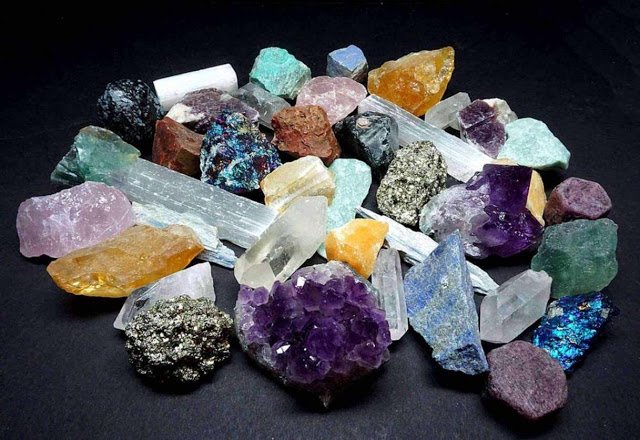Earth Sciences: multiple disciplines to learn about our planet.
My favorite subject, and the one I have dedicated the most time to, is Earth Sciences, a beautiful and wonderful subject, since it contains a number of branches of human knowledge, necessary for get to know all aspects of our planet. It is regrettable that with the changes suffered by the time distribution of subjects taught in Venezuela, the number of weekly hours available for teaching has dropped by half. Four theoretical hours, only two, and no practice time.
Despite this, I am still trying to make this subject an opportunity for my students to know a little about each of the disciplines that not only help them to understand more about the nature of our planet , but to nourish in them the desire for research and expansion of knowledge.

We begin our learning adventure with Astronomy. This science invites us to know the wide universe where our planet Earth is located. Knowing how the universe and our solar system formed allows us to understand how the Earth developed and why is the only planet in solar system that houses life as we know it. Using audiovisual resources, visualization of the most important characteristics of this part of the cosmos where the Earth is located and its relationship with the objects more related to it is achieved.

We continue our learning process by entering Geology field. We begin by studying the structure of the Earth and internal processes that have contributed most to the formation of land relief: volcanoes and earthquakes. The first ones studied from the point of view of the different ways in which volcanic eruptions manifest themselves. Earthquakes interest us not only as a phenomenon that can transform land relief, but also in their capacity to affect communities that live in seismic countries, such as ours. Then, we emphasize the rules that must be followed in case of an earthquake.

Our study of the planet’s geology continues with the help of mineralogy, when we study the materials that make it up: rocks and minerals. We learn the differences between rocks according to their origin, and then we know the most important minerals and those exploited in this region of South America too, as well as the physical characteristics that allow mineral identification.

When we go to the study of another layer of Earth, the atmosphere, we begin by differentiating the concepts of weather and climate. Then we learn there are different external factors that affect each of the elements that make up climate, that is, temperature, atmospheric pressure, humidity, winds and pluviosity.

Hydrography allows us to study the effects of water bodies on terrestrial changes later on. As I teach in a coastal area, I try to focus the hydrographic study about marine waters and coasts formation, helping my students to understand the characteristics of the coasts in our region.
Despite the limited time available, an approach is made to other sciences such as edaphology, when we study the formation and characteristics of different types of soil, or speleology when we learn about caves and other karstic formations. Also to ecology, when we do some activities to become aware of our role in our only home’s care.
I am concerned about the way in which human beings are damaging the planet. I think one way to contribute to making this a better world is to instill in my students the love for their planet and help them develop a greater awareness and take individual or collective actions for the conservation of our fragile environment. As Earth Sciences teacher, makes me happy to know that, at least some of my students, have the interest to be better people and better inhabitants of this, our only home.

Thank you for your contribution. Dont forget to link references and sources when applicable!
=======================================================================================
This post was upvoted and resteemed by @Steemgridcoin with the aim of promoting discussions surrounding Gridcoin and science.
This service is free. Please follow @steemgridcoin if you want to support this initiative.
Have a nice day. :)
If you would like to support the educational community by delegating to @steemiteducation, please click on any of the following links. This will ensure that more teachers are supported on a daily basis.
100SP 200SP 300SP 400SP 500SP 750SP 1000SP 2000SP 3000SP 4000SP 5000SP 10,000SP 25,000SP
Impulsa tu carrera en Steemit y aprovecha tus post al máximo compartiendo en más Comunidades en Discord
Congratulations! This post has been upvoted from the communal account, @minnowsupport, by leilanyarevalo from the Minnow Support Project. It's a witness project run by aggroed, ausbitbank, teamsteem, someguy123, neoxian, followbtcnews, and netuoso. The goal is to help Steemit grow by supporting Minnows. Please find us at the Peace, Abundance, and Liberty Network (PALnet) Discord Channel. It's a completely public and open space to all members of the Steemit community who voluntarily choose to be there.
If you would like to delegate to the Minnow Support Project you can do so by clicking on the following links: 50SP, 100SP, 250SP, 500SP, 1000SP, 5000SP.
Be sure to leave at least 50SP undelegated on your account.